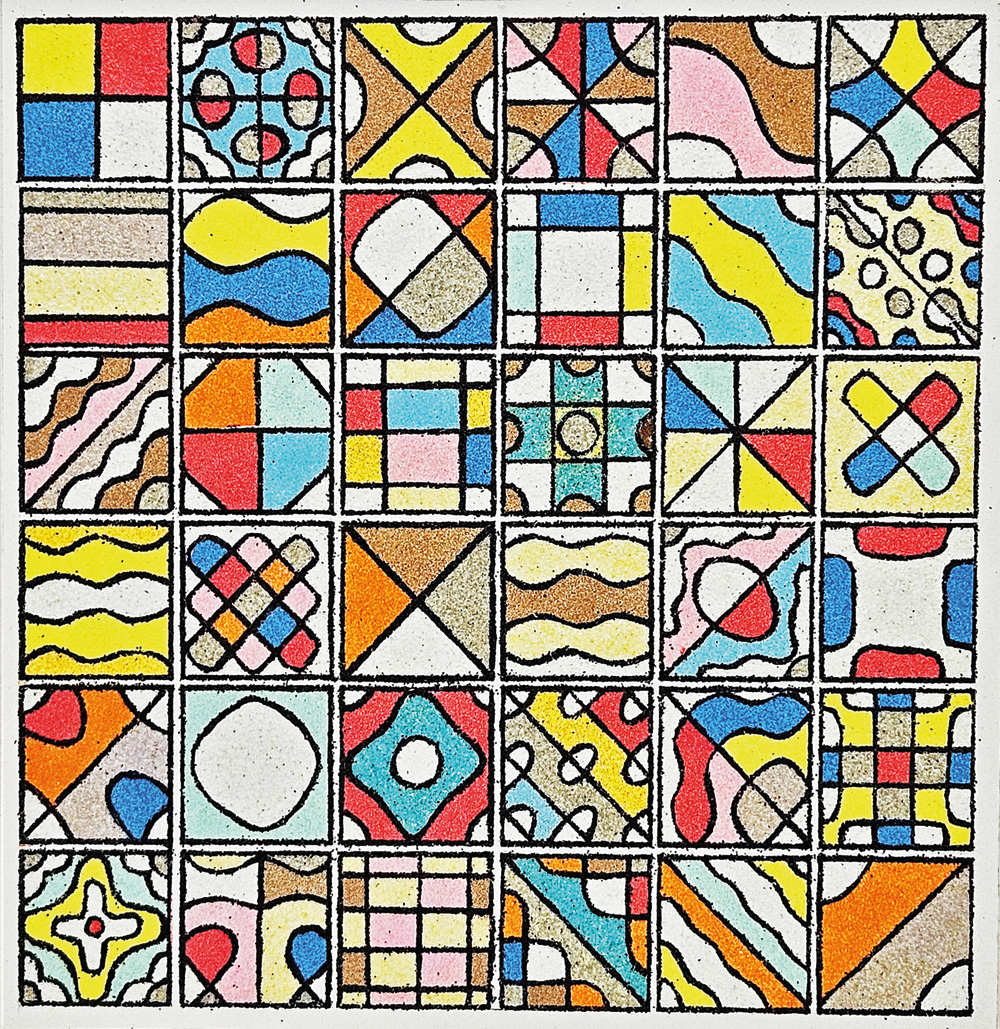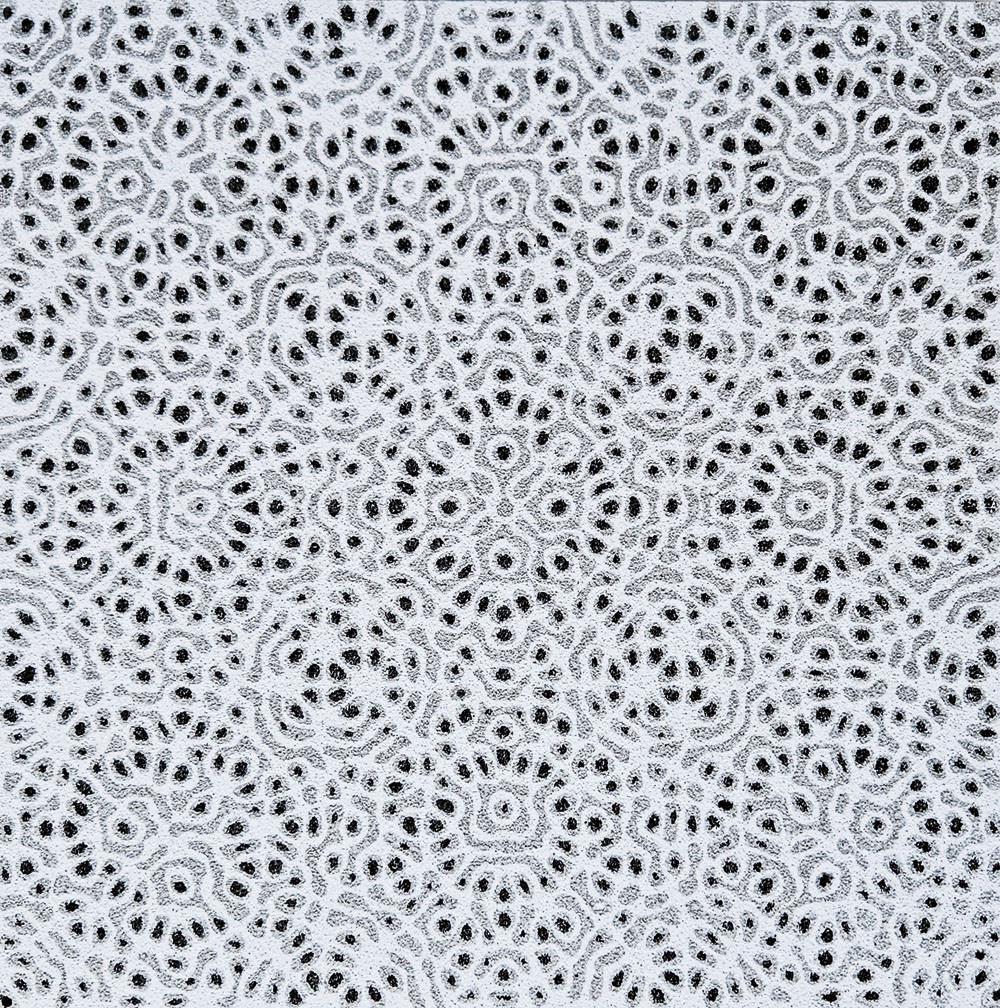| Stomachion | |||||
 |
Chladni Figures Chladni sound figures are patterns that emerge on a thin metal plate covered with sand when it is set into vibration. The sand is thrown away by the vibrations and collects in the areas where there is no or weaker vibration. Depending on the frequency of the vibrations, strange patterns emerge. Chladni sound figures are named after Ernst Florens Friedrich Chladni (1756-1827), who published the book "Discoveries on the Theory of Sound" in 1787. People were so fascinated by the patterns that Chladni could earn his living by demonstrating his figures at the courts of Europe. Even Napoleon was so impressed that he gave him 6,000 francs. Through his studies, Chladni recognized in 1794 that the science of sound and acoustics should not be based on the study of air, but on the study of the periodic vibrations of elastic bodies. Further research in 1797 led to the determination of the speed of sound in solids and gases. In addition, he conducted studies on meteorites. He formulated the then revolutionary and initially highly controversial thesis that the meteorites found on Earth originate from outer space and are remnants from the formation phase of the planets in our solar system. He is now considered one of the founders of modern meteorite research. The lunar crater Chladni and the asteroid (5053) Chladni are named after him. There was already a mathematical theory to describe the patterns or waveforms on the surface of Chladni's plates or a drum, which was based on Leonard Euler's wave equation. In the 1920s, physicists realized that the mathematics used to describe these frequencies is the same as that used to predict the characteristic energy levels (quantum) of electrons in an atom. The electrons in an atom oscillate only in very specific patterns, just like the patterns made visible by Chladni on the plate. Each atom resembles one of Chladni's plates. Caption: Patterns inspired by Chladni's sound figures (colored sand on lightweight board, 60 x 60).
|
Colored representation of the vibrations of a metal plate by Ernst Chladni (colored sand on lightweight board, 50 x 50). |
|
|
